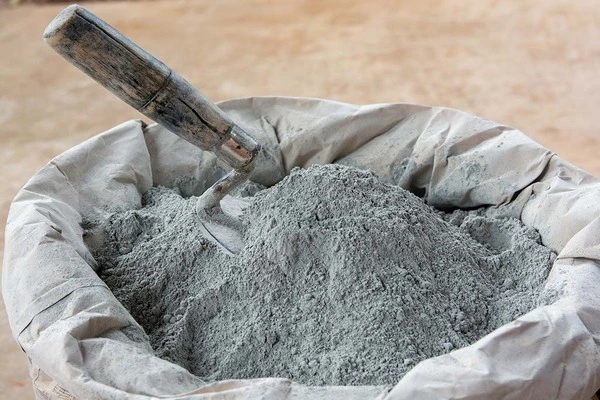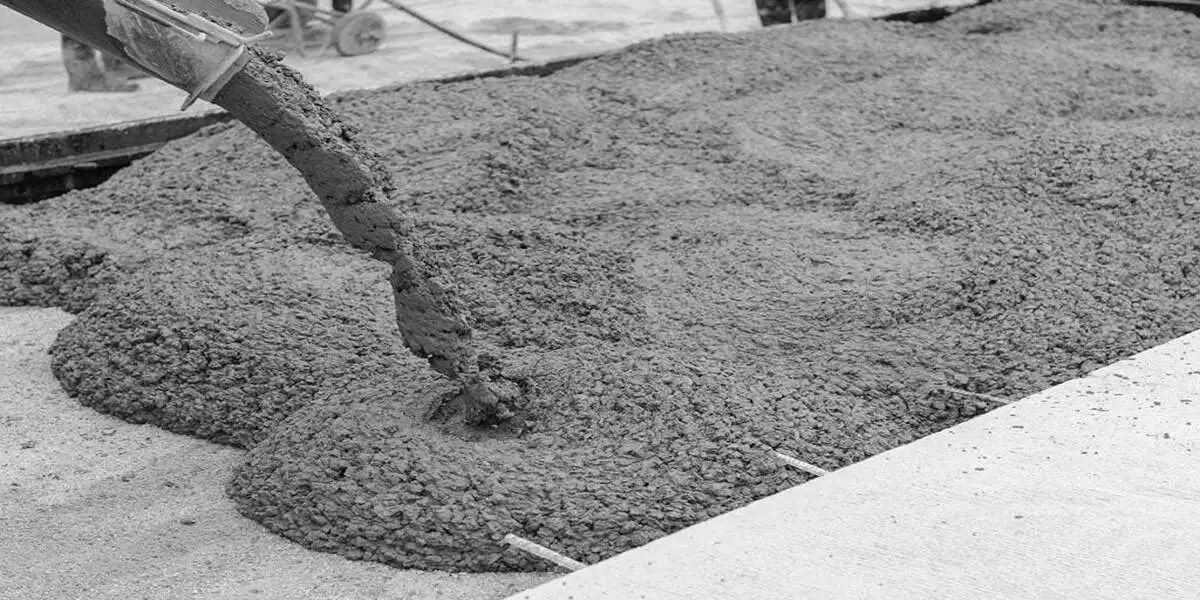Quantities of materials are a crucial calculation for engineers, especially when they are on-site. Site engineers want to know quantities of each material before using it.
In this post, we are going to teach or remind you of the best way to get quantities of materials for concrete.
As a general ‘rule of thumb’, one cubic metre (1m3) of compacted and finished concrete weighs 2400kg.
It is easy, therefore, to calculate the quantities of materials for concrete based on the weight of a concrete slab or foundation.
From this, the quantity of each part of the mix can be calculated based on the mix proportions used.
Recommended Articles
- The Basic Civil Engineering Materials: What You Need To Know
- Water Pollution and Control: Everything You Need To Know
- Everything You Need To Know About Water Quality
- Unit Operations for Wastewater Treatment: The Complete Guide
- Cracks In The Building: The Complete Tips for Engineers
- Tips for Subcontractor To Win More Bids: The Quick guides
Table of Contents
Quantities Of Materials For Concrete
For example, for a foundation slab 10m long × 4m wide × 0.25m thick, using a concrete mix of 1:2:4 (cement: fine aggregate: coarse aggregate), the calculations would be as follows:
Volume of concrete = 10m x 4m × 0.25m = 10m3 @ 1:2:4 (total of 7 parts).
Weight of concrete = 2,400kg/m3 × 10m3 = 24,000kg.
Add an amount for waste (typically 10 per cent) = 24,000kg × 10 per cent = 26,400kg @ 1:2:4.
So the quantities are:
- Cement = (26,400kg ÷ 7 parts) × 1 = 3771.4kg
- Fine agg’ = (26400kg ÷ 7 parts) × 2 = 7542.9kg
- Coarse agg’ = (26,400kg ÷ 7 parts) × 4 = 15,085.7kg
Water content is typically 50 per cent of the cement content by weight; 1kg of water = 1 litre, so the amount of water required = 3771.4kg × 50 per cent = 1,885.7kg = 1885.7 litres of water.
Note: When calculating quantities by weight, there is no need to account for volume shrinkage on mixing!
Importance of Water Content
The water content of concrete is a vitally important factor.
Too little water content causes the concrete to be hard to compact, and the hydration process may not take place satisfactorily.
Too much water content causes workability to become excessive, setting time increases and the durability, strength and frost resistance of the finished concrete diminish.
Hydration To Concrete

The reaction between the cement and water is an exothermic (meaning ‘giving off heat’) chemical reaction known as ‘hydration’, which results in the setting of the cement paste.
Concrete, for that matter, sets as a result of the completion of the hydration process and not simply by drying out.
Conclusion On Quantities Of Materials For Concrete
This article discussed the simple and commonly used method for estimating the quantities of materials required for a particular volume of concrete by the given mix ratio.
That said, the method seems to be simpler for engineers to work with.
Join the conversation by replying on Bluesky.
That’s all.
If you liked this article, please join WebsiteForEngineers on Twitter, Facebook, TrueSocial, Pinterest, BlueSky, and in our WhatsApp channels.

